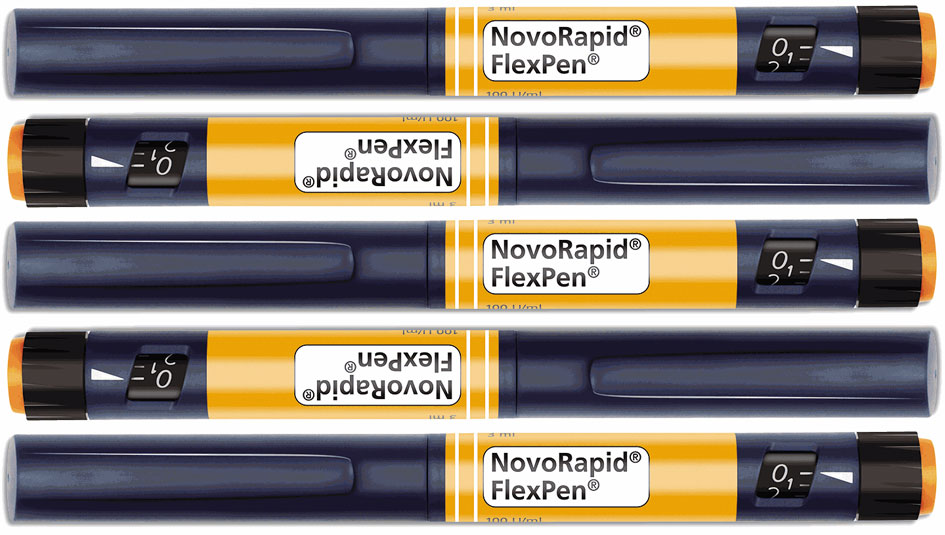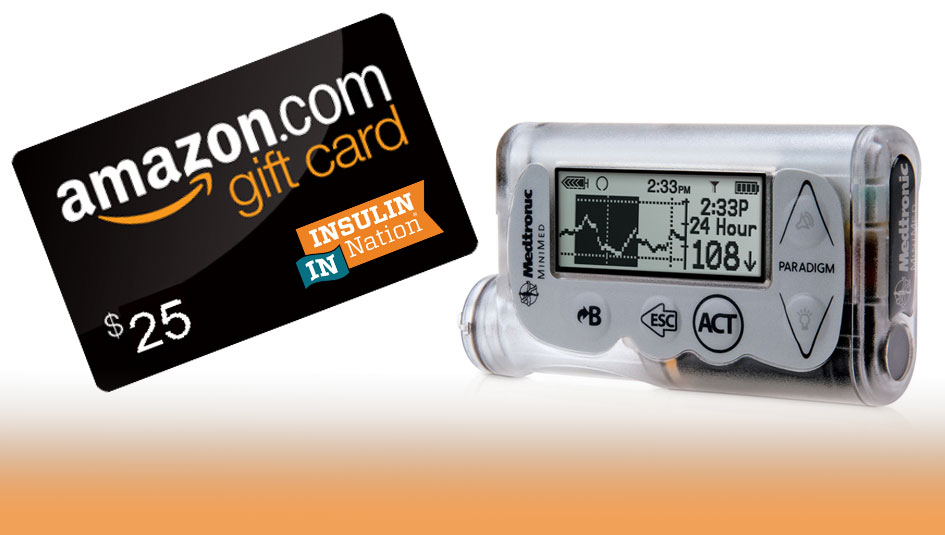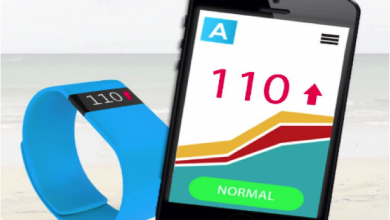Baby (and Insulin ) On Board

The good news of Jennifer Smith’s pregnancy – her first – came along with two cautions. Her “advanced maternal age” of 37, combined with her Type 1 diabetes, puts her in the “high risk” category. Today, as she nears the end of her second trimester (she’s due in December), both she and baby are in excellent shape. Diabetes technology, along with her own vigilance, plays a major role in helping her successfully manage being pregnant and diabetic at the same time.
Smith, diagnosed at age 13, is just like many other women with diabetes: She worked very hard to control her blood sugars, maintaining an A1c of 5.8 to 6.1 percent during the past decade, which is an average blood sugar range of 126 mg/dL. Women who are preparing for pregnancy are advised to attain an A1c of 6.5 percent or lower at least six months prior to becoming pregnant.
Already very accustomed to using her OmniPod and Dex-Com Continuous Glucose Meter (CGM) during her past athletic pursuits (which include two half-Ironman races, hiking the Inca trail, and a slew of half-marathons), she knew that using these tools was imperative to the health of her baby and her own well-being. With a career as both a Registered Dietitian and Certified Diabetes Educator, Smith knew all too well of the anticipated hormonal changes that occur during pregnancy, making blood sugar control much more complicated.
“The first trimester is easier, because your insulin needs decrease from your pre-pregnancy needs,” Smith said.” “I could actually get away with eating more carbohydrates if I wanted. I had to decrease my basal rates as well as my ratios. My real concern was more about what would happen when those pregnancy hormones and growth hormones are being produced by the placenta towards the middle of the second trimester through the third trimester. I was worried about what it was going to mean to my insulin doses. Do I need to change my basal rates now? Do I need to adjust my insulin-to-carbohydrate ratio?”
Diabetes management during pregnancy is “a labor of love”.
Now in the last month of her second trimester, Smith is using the trends from her CGM to make small, but significant, changes in her basal rates to maintain incredible control during those hormonal fluctuations that impact insulin needs around the clock. In addition to the recommended A1c, pregnant women are also advised to keep their 2-hour post-meal blood sugars under 120 mg/dL, which is no small feat.
“I recently increased my basal rate by .05 units more per hour, because I noticed my blood sugar was running just slightly higher between meals. It made all the difference. If I were using a long-acting basal insulin, that kind of minor adjustment wouldn’t be possible,” Smith said.
The only approved long-acting insulin alternative to pumping or pods for pregnant women is Levemir, which has been studied and shown to cause no adverse effects or harm to a developing fetus. The other long-acting insulins, Lantus and NPH, have not yet been approved for pregnant women.
“If someone really didn’t want to use a pump, and wanted to continue using a basal insulin like Levemir,” advised Smith, “their best purchase would be a CGM.”
On a regular basis, she downloads the results from her DexCom and observes the trends. She’s also adjusted the high-blood sugar alert to signal at 120 mg/dL, which is the lowest it can be programmed for, to help her achieve tight control after meals. “I have the rise-rate in my CGM set for 2 mg/dL/min, so it will tell me in advance of my blood sugar reaching 120 mg/dL just by seeing my glucose is rising at that rate. That way, I can do something about it before it actually reaches 120 mg/dL or higher,” she said.
In her work, and through her friendships, Smith has known women with Type 1 diabetes to go through pregnancies with and without today’s modern technology, but said that the consensus is simply that insulin pumps and pods make the healthiest pregnancies possible.
“I worked with a woman who had her second baby two years ago,” Smith recalled. “During her first pregnancy, she didn’t use a pump, but she wore a pump for her second. Even though she doesn’t want to use the pump year-round for her own diabetes management, she wishes she’d had it for her first pregnancy because of the incredible difference in control.” Managing diabetes during pregnancy is inevitably going to require much more work than life with diabetes prior to becoming pregnant. In Smith’s experience as a CDE and as a person with Type 1 diabetes herself, she suggests that women spend at least six months truly studying their diabetes in depth and working towards tighter control before even thinking about becoming pregnant.
The consensus is that insulin pumps & pods make the healthiest pregnancies possible.
“If you don’t feel like your diabetes is currently well managed, get it there before getting pregnant. If you’re not using a pump, explore your options,” Smith advised. “Many endocrinology offices will let you test-drive an insulin pump using saline, so you can simply see what it feels like to wear and be connected to.”
With well-controlled diabetes during pregnancy, with an A1c of 6.5 percent or less, the risk of complications to the baby goes down to that of the general population. And while it certainly isn’t easy, the control of diabetes during pregnancy is imperative to giving birth to a healthy baby, and to being a healthy mother.
“I look at my diabetes management as a labor of love,” Smith said. “I love living my life, so I’m going to do what it takes to manage well so I can get everything I want out of my life—including a healthy child. Once you are pregnant, believe me, you’ll be motivated to maintain those changes!”
Thanks for reading this Insulin Nation article. Want more Type 1 news? Subscribe here.
Have Type 2 diabetes or know someone who does? Try Type 2 Nation, our sister publication.







